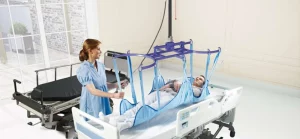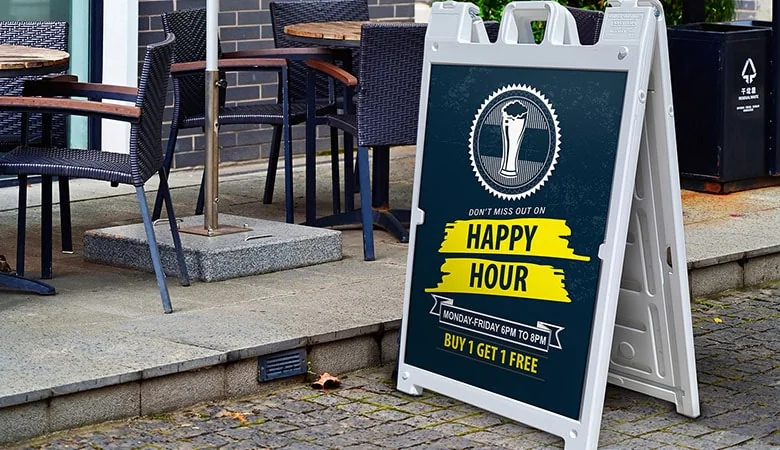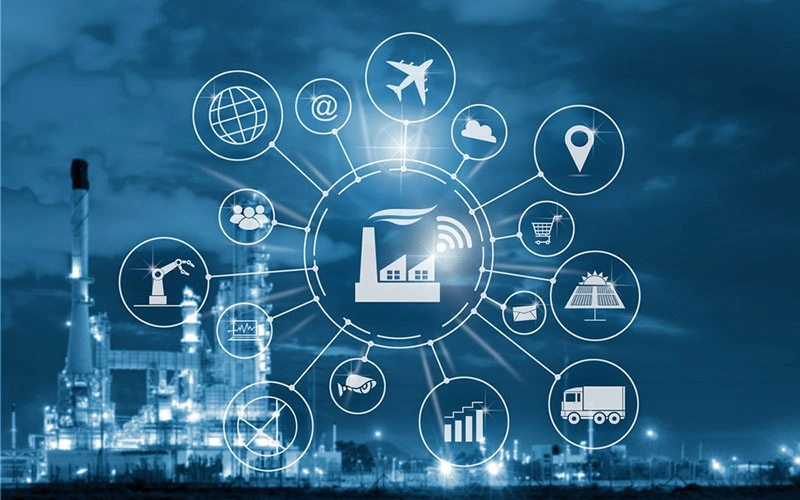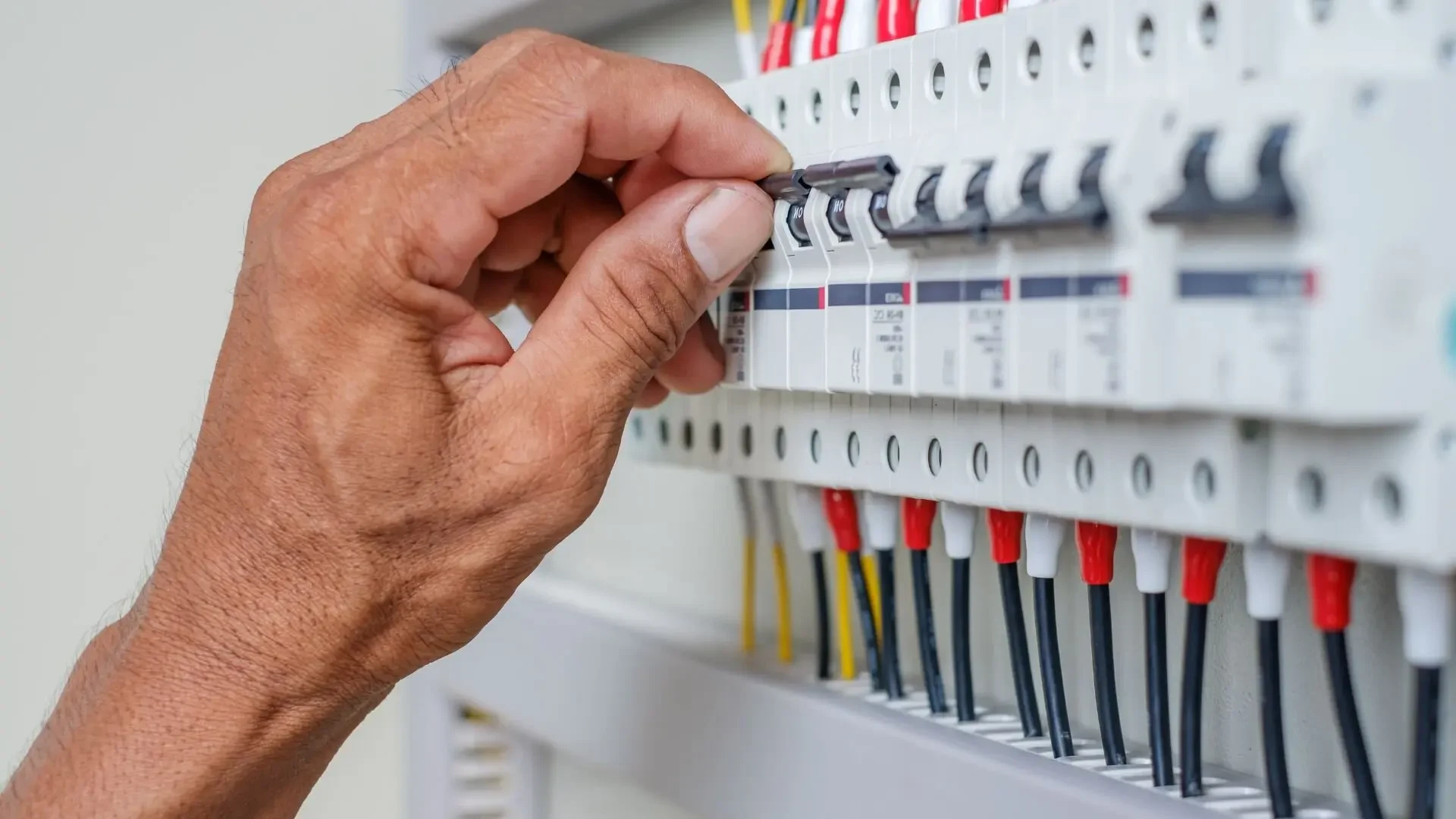As the global population ages, the need for mobility aids like transfer lift systems is increasing. These systems can pose risks, from accidents to caregiver strain. However, modern transfer lift systems prioritize user safety. With advanced security protocols, intelligent sensors, and intuitive controls, they promote autonomy and confidence for individuals with mobility challenges. What are these safety features, and how do they work together to enhance independence?
Key Takeaways
- Advanced security features, emergency halt systems, and weight capacity sensors reduce risks and ensure secure usage of transfer lifts.
- Soft-start technology and intelligent system integration minimize accidents and enhance user safety in transfer lift systems.
- User-centric design and intuitive controls facilitate easy operation and promote independence for users of transfer lifts.
- Sensors and alarms detect hazards and alert users to potential dangers, ensuring a safer experience in transfer lift systems.
- Robust safety features and innovative designs are revolutionizing transfer lift systems, transforming the safety landscape and promoting secure usage.
The Importance of Safety Features
What role do safety features play in ensuring the well-being of individuals who rely on transfer lift systems, and why are they crucial in promoting independence and accessibility? The safety features of transfer lift systems are vital in preventing accidents and injuries, providing users with a sense of security and confidence. By incorporating these features, individuals can maintain their autonomy, participate fully in daily life, and feel connected to their communities.
Risks Associated With Transfer Lifts
While safety features are a vital component of transfer lift systems, it is just as important to acknowledge the risks linked with these devices when they are not properly designed, installed, or maintained. Improper use, mechanical failure, and inadequate training can lead to accidents, injuries, or even fatalities, underscoring the need for robust safety features of transfer lift systems to alleviate these risks.
Safety Features in Modern Systems
Modern transfer hoist systems incorporate a range of advanced security features that significantly reduce the risks associated with these devices, ensuring a safer and more secure experience for users and caregivers alike. These security features of transfer lift systems include emergency halt systems, weight capacity sensors, and soft-start technology, all designed to minimize the risk of accidents and injuries.
Ensuring User Independence Safely
While extensive security features in modern transfer hoist systems provide a solid foundation for safe usage, ensuring user independence safely requires a thorough approach that incorporates both user-centric design and intelligent system integration. This includes:
- Intuitive controls and interfaces that enable easy operation
- Sensors and alarms that detect potential hazards and alert users
- Adjustable settings that accommodate individual user needs and preferences
Frequently Asked Questions
Can Transfer Lift Systems Be Customized for Individual User Needs?
Yes, transfer lift systems can be personalized to accommodate individual user needs, ensuring a bespoke solution that addresses specific requirements, promotes independence, and enriches the overall user experience.
Do the Safety Features of Transfer Lift Systems Vary by Manufacturer?
Yes, the security features of transfer lift systems vary by manufacturer, with some offering advanced sensors, emergency stop systems, and customized safety protocols, while others may prioritize ease of use and simplicity.
How Often Should Transfer Lift Systems Be Inspected for Safety?
Transfer lift systems should be inspected for safety at least quarterly, or as recommended by the manufacturer, to guarantee optimal performance, prevent accidents, and maintain compliance with industry standards and regulations.
Can User Error Be Mitigated With Safety Features in Transfer Lifts?
User error can be greatly reduced with safety features in transfer lifts, such as alarms, sensors, and ergonomic designs, which can detect and prevent potential hazards, ensuring a safer and more independent experience for users.
Are There Any Industry Standards for Safety Features in Transfer Lifts?
Industry standards for safety features in transfer lifts exist, with organizations like the International Organization for Standardization (ISO) and the American National Standards Institute (ANSI) establishing guidelines for safe design and operation.
Conclusion
In summary, the integration of advanced safety features in modern transfer lift systems has significantly improved the independence and confidence of individuals with mobility challenges. By mitigating risks and ensuring a secure experience, these systems promote autonomy and enable safe daily activities. As the technology continues to evolve, it is likely to further transform the transfer lift scene, providing unparalleled support for individuals with mobility impairments.
Also read: Exploring Mental Health Retreats for Men






